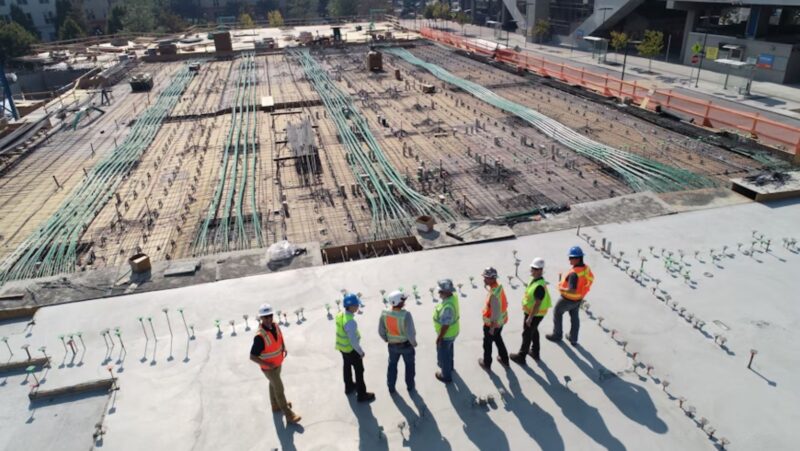
Managing invoices can be tedious and time-consuming, but modern invoicing automation changes the game.
By simplifying workflows, reducing errors, and speeding up payments, it’s becoming an essential tool for businesses looking to streamline their operations efficiently.
What Is Modern Invoicing Automation?
Modern invoicing automation transforms how businesses handle their billing processes.
It uses advanced software and technologies to replace manual tasks like creating, sending, and tracking invoices.
Instead of relying on spreadsheets or paper documents, these tools streamline workflows by integrating with accounting platforms or ERP (Enterprise Resource Planning) systems.
Automation tools simplify repetitive jobs. They can generate invoices automatically based on preset templates or data from connected systems.
Reminders for overdue payments are sent without needing manual follow-ups.
Some solutions even use AI to flag inconsistencies or errors before they cause issues.
Specialized tools cater to unique needs across various industries.
For example, plumbing estimating and invoicing software helps tradespeople create accurate quotes while managing client bills in the same system. With such tailored features, users can manage plumbing invoices easily while maintaining accuracy at every step.
In short, modern invoicing automation enables businesses to focus on their core services instead of paperwork!
Now, let’s explore in detail why modern invoicing automation is taking off.
It Saves Time by Eliminating Manual Tasks
With modern invoicing automation, businesses can drastically cut the time spent on repetitive tasks.
Instead of manually creating invoices, automated systems generate them based on preset templates and input data. And payment reminders are automatically sent to clients, eliminating follow-ups that drain resources.
Businesses no longer need to spend hours reconciling payment records or tracking overdue invoices.
By handling these processes instantly and efficiently, automation allows teams to focus their energy on strategic activities that grow the business instead.
It Reduces Errors and Ensures Accuracy
Human errors in invoicing can lead to miscalculations, delayed payments, or strained client relationships. Modern automation tools address this by minimizing manual data entry and performing built-in error checks.
These systems automatically populate invoice details from integrated databases, ensuring accurate calculations for taxes, discounts, or totals.
AI-powered solutions can even flag inconsistencies before invoices are sent out.
With fewer mistakes disrupting operations, businesses experience smoother transactions and maintain stronger trust with their customers over time.
It Supports Seamless Integration with Other Business Tools
Modern invoicing automation connects effortlessly with other essential tools, such as accounting software, ERP systems, and customer relationship management (CRM) platforms. This integration creates a unified workflow where data flows freely between systems.
For example, client details or payment records update automatically across platforms without manual input. Businesses can save time and avoid inconsistencies caused by duplicate entries.
These connected tools make managing financial processes more efficient while providing clearer insights into overall operations at any moment.
It Enhances Cash Flow Through Faster Payments
Lastly, modern invoicing automation speeds up payment cycles, improving cash flow for businesses.
Automated systems deliver invoices to clients instantly and often include multiple online payment options, making it convenient for customers to pay promptly.
Additionally, built-in reminders notify clients of upcoming or overdue payments without requiring manual follow-ups.
Faster invoicing and simplified payment processes reduce delays, ensuring a steady income stream.
This reliability helps businesses maintain financial stability and plan more confidently for future growth!








